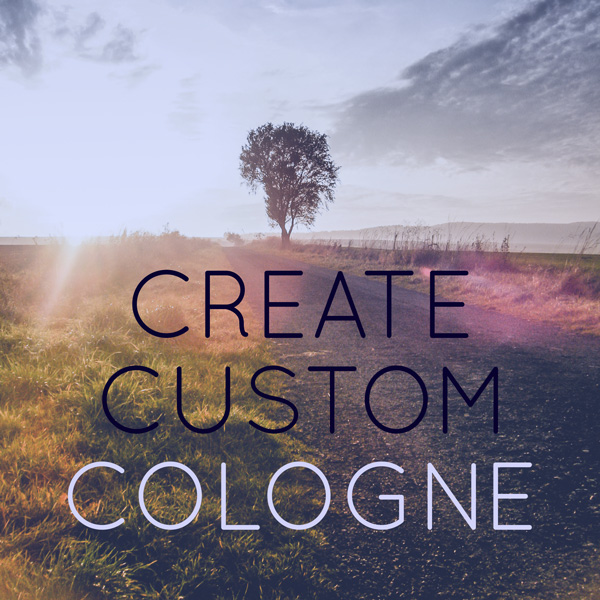Make Your Own Cologne
If you’re not going to make it with us then you might as well do it right.
Make a Cologne Concept
Come up with a concept for your cologne. You can make a new twist on an old classic like Chypre, Oriental, or Gourmand. For a traditional cologne you’ll want to get high grade perfumers alcohol SDA 40B. If you want to work with a carrier oil instead you’ll want an odourless carrier oil. When creating your own cologne keep in mind the difference between top, middle, and base notes. Top notes are the most volatile of all the ingredients and they will strike the nose first, these typically will fade into your middle/base notes over time. Many perfumers have differing ideas of what ratio of base/mid/top notes to use, and you should experiment to find whether you like a base or top heavy cologne.
Source your ingredients
One of the most important parts of making your fragrance you’ll need high quality ingredients. You’ll want to make sure that you buy your oils or synthetics from a reputable buyer as often things touted as all natural will in fact be cheaper synthetics.
Ratios
When making a cologne, the alcohol content can be wildly variable. DO NOT ADD WATER. Different alcohol contents result in different types of perfumes. Over time cologne has become associated with men while perfumes have become associated with women. In reality they are related to the alcohol content involved. Splash/Aftershave has 1-3% alcohol content. Eau de Cologne (EDC) Is 2-6%. Eau de Toilette (EDT) is 5-15%. Eau de Parfum (EDP) is 10-20%. Perfume Extract is 15-40% aromatic compounds.
Testing
It is best to start with small scale tests before scaling up your cologne. Start with 5 mL samples and keep track of the ratio. You’ll find that even a single drop of one essential oil can vastly change scent of a sample. Once you’ve created your first samples you’ll want to let them rest for 1-3 weeks. This allows the molecules to mingle and will give you an idea of how the scent will age. A scent will always change over time, but the first 1-3 weeks are the largest change. Your samples should always rest in a dark room with dark containers to protect them from UV light.
Large Scale
Once you have made a sample that you enjoy, bring it up to large scale keeping the exact same ratios that you created in your testing sample.
